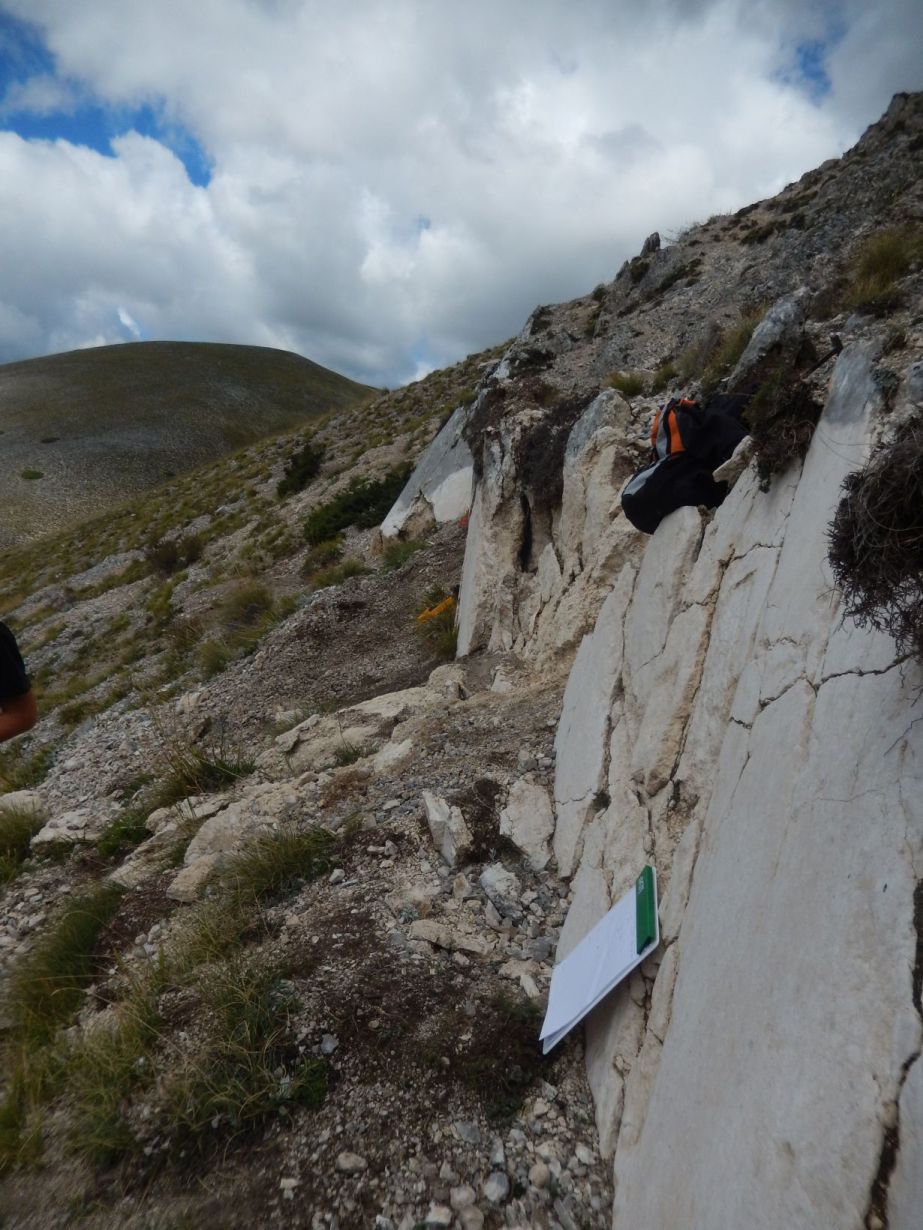Mapping the structure of the Earth's interior and even making microearthquakes visible: For this purpose, earthquake researchers rely on appropriate physical methods. At the Karlsruhe Institute of Technology (KIT) alone, approximately 500 to 1,000 billion data values are generated per year, but this is only a small fraction of the data collected and archived worldwide. For years, researchers have therefore been looking for better and more efficient methods to fully evaluate that flood of data. For the use of AI in geophysics, the KIT is currently receiving project funding from the Ministry of Science, Research, and the Arts of the Land of Baden-Württemberg (MWK) and from the Helmholtz Association.
Geophysics has a high relevance in society as a whole, with regard to infrastructures, the supply of raw materials, and the assessment and avoidance of natural hazards. The projects funded at the Geophysical Institute of KIT are exploring new ways in earthquake research for the prevention of natural hazards. For this purpose, the researchers are developing physical methods to structurally map the interior of the Earth and to understand the processes occurring there.
Land of Baden-Württemberg funds KISS AI project in “small disciplines”
In the KISS project (AI-based seismic signal classification), AI-based systems will be used to make active seismic disturbances visible through their microearthquake activities in the Southern Baden region in Germany. Moreover, the researchers want to observe volcano-seismic phenomena in the Eifel hills with unprecedented accuracy and completeness. In Baden-Württemberg, damaging earthquakes are relatively rare; the most recent one occurred in 2004 near Waldkirch in Southern Baden. It is known from observations that very weak microearthquakes occur much more frequently than measured up to now, as they are often not detectable against the background noise of ground movements. Another goal of the project is to use self-learning AI systems to identify even the weakest earthquakes and to localize potential fracture planes.
“In doing so, the scientists need to handle enormous amounts of data that can no longer be adequately evaluated with conventional analytical methods,” explains project leader Professor Joachim Ritter. In the Eifel region, scientists are currently working on the detection of low-frequency oscillations associated with a magma rise under the Laach Lake. This is the first attempt to use AI-based detection in this frequency range.
KIT is the only institution in Baden-Württemberg to offer Bachelor and Master programs for geophysics. The focus of research and teaching is on seismic mapping methods and earthquake research. The approximately 150 earthquake measuring stations in operation today usually generate 100 data points per second. Experiments involving 50 or 100 measuring stations thus generate about 500 to 1000 billion data values per year, which are then stored. This is where the AI-based systems for seismic signal classification come into play, detecting earthquake signals, determining their arrival time and, if necessary, locating their origin. Restrictions and problems arise from ground disturbances, for example, due to interference signals from traffic or industry in densely populated regions that add noise to the signal being searched for. “Likewise, signals of varying duration and frequency that cannot be clearly assigned make signal recognition more difficult, as our investigations of volcanoes such as the Lake Laach in the Eifel region show,” explains Joachim Ritter.
Over the next two years, the MWK will fund the KISS project with EUR 100,000 within the framework of a special funding program for contributions of “small disciplines” in the field of artificial intelligence that are significant to society as a whole.
AI Initiative of the Helmholtz Association funds REPORT-DL project
Another project at the Geophysical Institute of KIT aims at improving the understanding of earthquake hazards worldwide. In the REPORT-DL project (Rapid Earthquake Phase Analysis of Ocean-bottom, Regional and Teleseismic events with Deep Learning), the global dataset, which has been archived in seismological data centers over the past decades, will be used to detect even smallest earthquakes and unusual signals from the Earth. The distribution of these microearthquakes allows conclusions to be drawn about the stress state of the Earth's crust and thus facilitates a better risk assessment. For this purpose, the scientists adapt modern AI methods originating from the fields of image and speech processing.
“Previously used methods are only suitable for large signal-to-noise ratios. They miss millions of tiny earthquakes that are important for detecting active fracture planes in the crust of the Earth,” says Professor Andreas Rietbrock, Head of the Geophysical Institute. “That's why we are developing AI-based algorithms that can be used to search the huge amounts of data in archives or real-time data streams for weak seismic signals automatically, quickly and systematically,” he explains.
REPORT-DL is part of the Helmholtz AI Initiative funding 19 high-risk, high-benefit projects to solve problems that are highly relevant to the society. The Helmholtz Association will be funding the project for two years with EUR 360,000.
More information on the KIT Climate and Environment Center: http://www.klima-umwelt.kit.edu
Being “The University in the Helmholtz Association”, KIT creates and imparts knowledge for the society and the environment. It is the objective to make significant contributions to the global challenges in the fields of energy, mobility, and information. For this, about 10,000 employees cooperate in a broad range of disciplines in natural sciences, engineering sciences, economics, and the humanities and social sciences. KIT prepares its 22,800 students for responsible tasks in society, industry, and science by offering research-based study programs. Innovation efforts at KIT build a bridge between important scientific findings and their application for the benefit of society, economic prosperity, and the preservation of our natural basis of life. KIT is one of the German universities of excellence.

